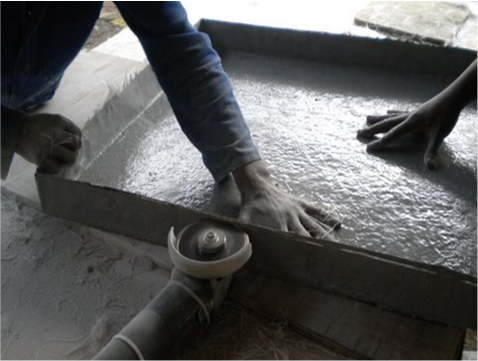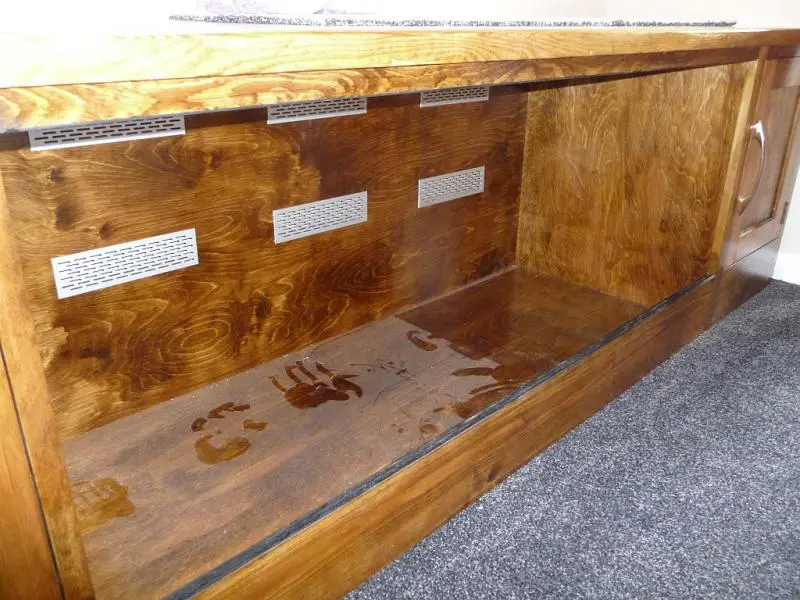I'm looking for advice on working with glass fibre. I've not worked with it before, but intend to be making a long shallow basemat/tray for a vivarium (a glorified piece of furniture that has heat and UV light to keep a reptile in).
The tray/base mat will be 145x55x15 and built up using the cabinet itself as a mould (so some kind of plastic sheeting in there first to protect it and to act as a release method).
I know I need CSM, enough resin to cover the area, and then a flowcoat for the top.
I think I may also need "surface tissue" to apply before the flowcoat to give a finer finish.
I am unsure how many layers, or what weight, I should be using for this tray. It doesn't need to particularly heavyweight - it will have corners, edges, built in "ribbing" for rigidity etc, but it does need to be self supporting so it can be removed in entirety and hosed down.
As I understand it, the flow coat is different to gelcoat, and gel coat is appropriate only if making something in a mould - I will be making it from the inside out as it were, much like small pond liner. (i.e. smooth face on the inside).
Is it okay to use a thick plastic dust sheet , carefully formed/folded into corners to create a barrier between the fibre and the wood I want to protect - does the resin rot through it, or become difficult to peel it away?
What weight, or how many layers of CSM is appropriate? I was imagining a final thickness of 2-4mm
This is the closest thing I can find on the 'net to my "vision"

Nozzle
The tray/base mat will be 145x55x15 and built up using the cabinet itself as a mould (so some kind of plastic sheeting in there first to protect it and to act as a release method).
I know I need CSM, enough resin to cover the area, and then a flowcoat for the top.
I think I may also need "surface tissue" to apply before the flowcoat to give a finer finish.
I am unsure how many layers, or what weight, I should be using for this tray. It doesn't need to particularly heavyweight - it will have corners, edges, built in "ribbing" for rigidity etc, but it does need to be self supporting so it can be removed in entirety and hosed down.
As I understand it, the flow coat is different to gelcoat, and gel coat is appropriate only if making something in a mould - I will be making it from the inside out as it were, much like small pond liner. (i.e. smooth face on the inside).
Is it okay to use a thick plastic dust sheet , carefully formed/folded into corners to create a barrier between the fibre and the wood I want to protect - does the resin rot through it, or become difficult to peel it away?
What weight, or how many layers of CSM is appropriate? I was imagining a final thickness of 2-4mm
This is the closest thing I can find on the 'net to my "vision"

Nozzle


